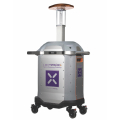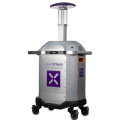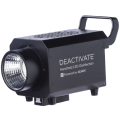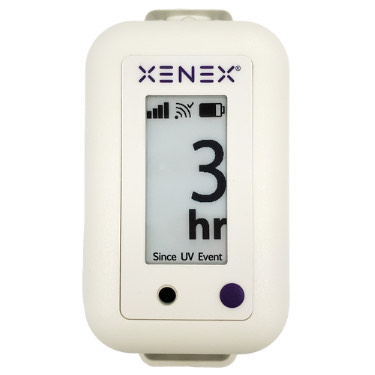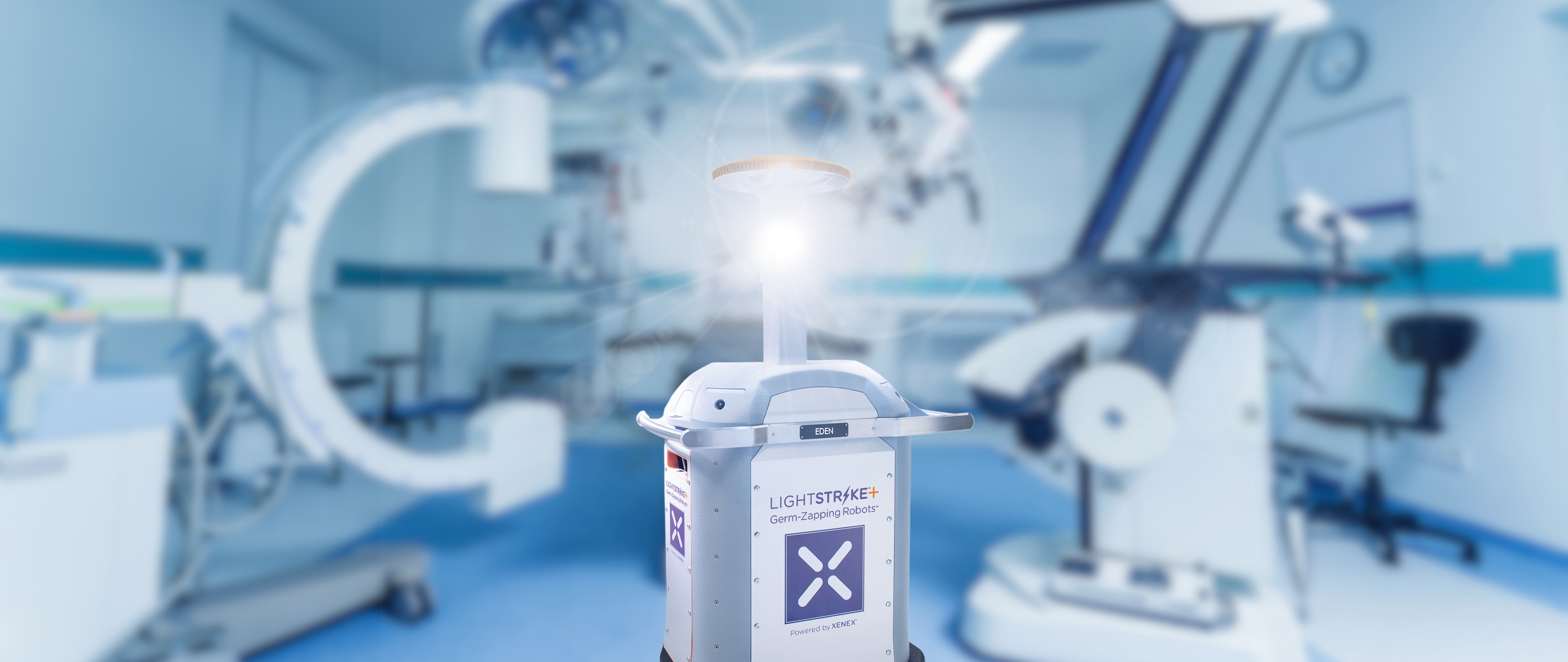

Pathogens Shouldn’t Survive
Room Turnover
Harmful pathogens remain on commonly touched surfaces – even with the best liquid chemical disinfection efforts. In fact, over 48% of high-touch surfaces in patient rooms are not properly disinfected 1, increasing the potential of pathogens being transmitted from surfaces to hospital staff or patients2.
Supplementing liquid chemical cleaning with LightStrike+ UV technology is proven to lead to fewer pathogens on surfaces.
What is UV Light?
Ultraviolet light is a form of light made naturally by the sun. It is divided into three sections,
UV-A, UV-B, and UV-C. Those sections describe a range of wavelengths.
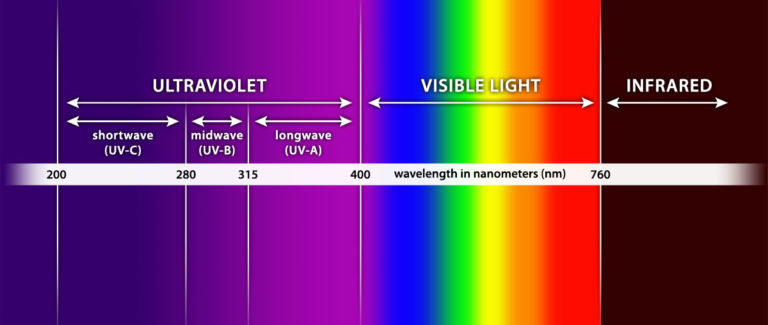 UV light is a form of energy. Some of those forms of energy are able to cause atom-level damage. UV-C is able to cause this type of damage to pathogens because it’s got just enough of the right energy to penetrate the cell walls and damage DNA.
UV light is a form of energy. Some of those forms of energy are able to cause atom-level damage. UV-C is able to cause this type of damage to pathogens because it’s got just enough of the right energy to penetrate the cell walls and damage DNA.
What Makes LightStrike+ Pulsed Xenon UV
a Better Choice?
Broad Spectrum UV
Wavelengths are like tools, the more tools you have, the more destruction you can do to pathogens. LightStrike+ delivers intense broad spectrum UV light that destroys pathogens in 3 different ways while other narrow spectrum UV products only achieve 1³.
2 Minute Cycles with LightStrike+
The intense, broad spectrum UV light generated by LightStrike+ means faster microbial reduction cycles, leading to quicker room turnover and greater throughput. Vegetative bacteria cycles with LightStrike+ are as short as 2 minutes.
Why Wavelengths Matter
Certain UV wavelengths have been proven to quickly and effectively destroy pathogens where they are most susceptible³. The LightStrike+ Pulsed Xenon lamp generates intense broad spectrum UV light (240-315 nm) that is more intense than a standard narrow spectrum Mercury UV bulb6, enabling LightStrike+ to destroy a variety of vegetative bacteria in as little as 2 minutes. Most UV products utilize bulbs that contain Mercury (one of the most toxic natural substances, according to Phillips7) to create UV light. These Mercury UV bulbs have limitations, only generating one wavelength of UV light (253.7 nm).
Creating Cleaner Spaces for Healthcare Workers and their Patients
Xenex’s best practice approach provides a validated means to significantly reduce the pathogens that survive liquid chemical cleaning, reducing the risk of pathogen transmission from surfaces to healthcare workers or patients.
We Don’t Rely on Reflectivity of Surfaces Because Research Proves You Can’t
Surfaces are highly variable in their ability to reflect light, and surfaces naturally create shadows where the light will not be able to reach for proper UV light saturation. For instance, plastic surfaces have less than 2% reflectivity with UV6-8(see reflectivity resource). This is why our best practice with the LightStrike+ Robot is 1 cycle on each side of a patient bed and 1 cycle in the bathroom. This allows the light to hit shadowed areas and to flip over high-touch items like phone receivers.
Softer on Equipment and Surfaces
Just like liquid chemicals, some UV products cause more damage to surfaces than others do. Pulsed UV has been proven to not harm surfaces like narrow spectrum Mercury UV bulbs do9.
LightStrike+ Advantages to Autonomous UV
Autonomous products are used in a variety of businesses today, however, there’s still a question of whether autonomous UV products can be used safely in complex environments with high throughput like healthcare facilities. LightStrike+ provides efficiencies when it comes to time, labor, and ease of use.
With LightStrike+, you can zap remaining pathogens in a matter of minutes.
Autonomy may not improve microbial reduction efficacy. The published cycle times for the typical narrow spectrum mercury-based UV products still apply (an average of 52 min for a C. diff cycle10).
LightStrike+ provides rapid cycle times (as little as 2 minutes for vegetative bacteria), which means faster room turnover times and the ability to use LightStrike+ in more rooms per day.
With LightStrike+, you can take the Robot where it’s needed – anytime, anywhere in your facility.
Autonomous doesn’t mean humanless.
Even with autonomous products, the operator must be present while the UV product is in operation. Very similar to LightStrike+, autonomous UV operators need to follow safety protocols, including opening the door, completing safety checks, and pushing the start button for each UV cycle11.
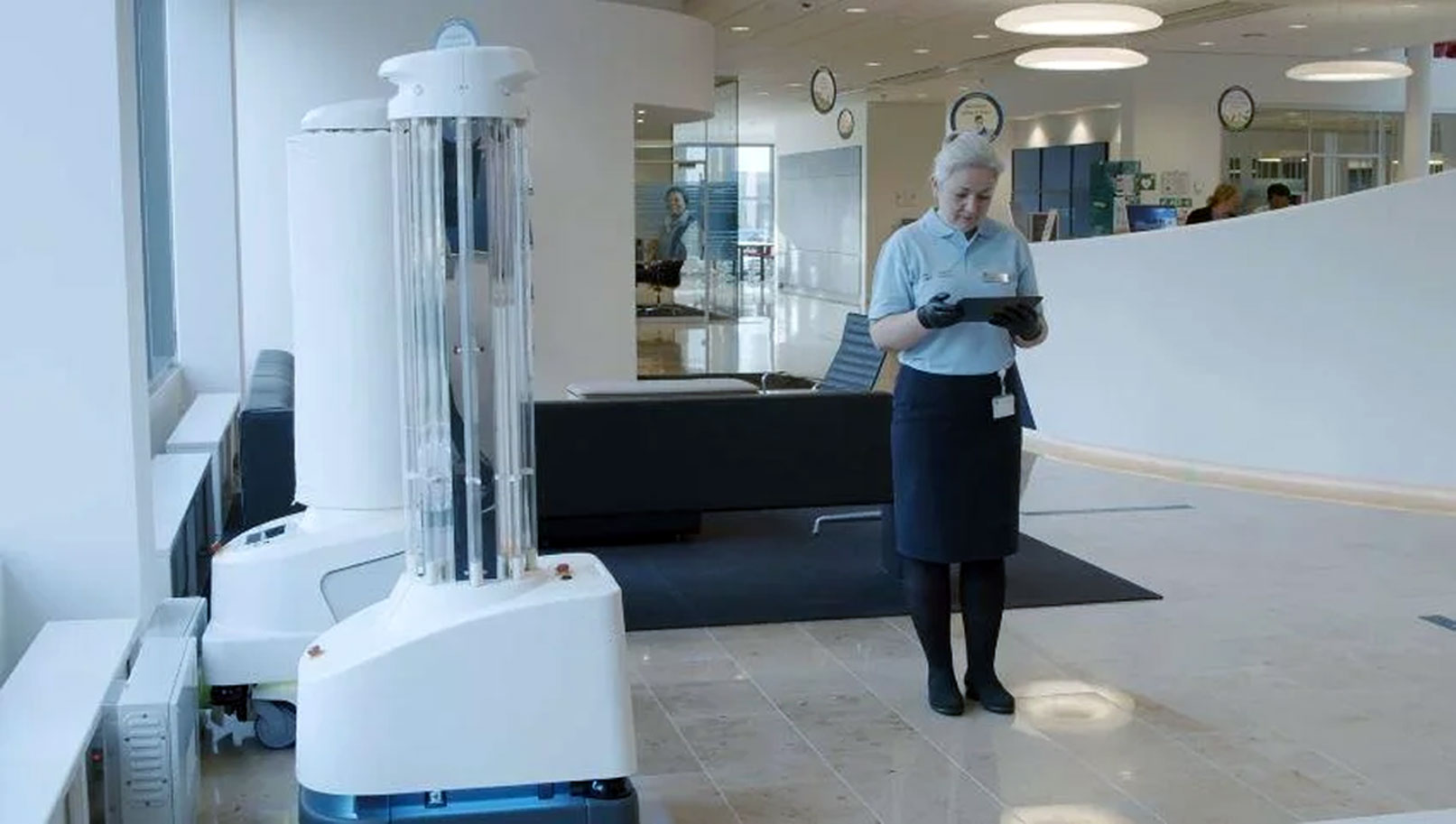
LightStrike+ is easy to use – place it, plug it in, and turn it on.
You won’t be faced with common autonomous UV obstacles of getting hung up at a closed door, the product being too big to enter areas, having trouble rolling over thresholds, having difficulty maneuvering around common objects/furniture, or needing to be continuously connected to a Wi-Fi network11.
With 100% accessibility, LightStrike+ is ready at a moment’s notice.
LightStrike+ does not rely on a battery to power its intense broad spectrum UV light or to move from one location to the next.
Some autonomous UV products have a 2-hour operating time per full charge. Charging from 0-100% can take 6 hours at a docking station or 12-16 hours with a manual charger11.

Proven Leader in UV Innovation for Microbial Reduction
Xenex has over a decade of product development and research supporting the LightStrike+ Robot and its effectiveness in quickly destroying spores and a variety of vegetative bacteria.
Our best practice approach and FDA authorized LightStrike+ robot provide unique advantages to effectively reduce the microbial load in rooms/areas and on commonly touched surfaces.
If you would like to have a scientific or technical discussion regarding our product, please contact our Science Team at
science.resources@xenex.com or call +1-210-538-9300 to schedule a review with our team of epidemiologists.
Citations: 1) Carling P, et al, Am J Infect Control 2008, vol. 29:11, pp, 2) Coppin JD, et al. ICHE .
2019;40(5):605-6., 3) Beck SE Water Res. 2015;70:27-37., 4):157-634) Based on Xenex testing of Xenex’s Pulsed Xenon lamp peak power and the Philips TUV 325 HO XPT SE Mercury bulb, 5) https://www.philips.iq/en/c-p/273V5LHAB_89/lcd-monitor-with-smartcontrol-lite#specifications, 6) plexiglas.com, 7) lumacept.com, 8)Ultraviolet Germicidal Irradiation Handbook (Kowalski, W), 9) Data on file, 10) Anderson DJ, et al. ICHE. 2018;39, 11)UVD Robot Model B User Manual, English Version 2.1,
April 2022
